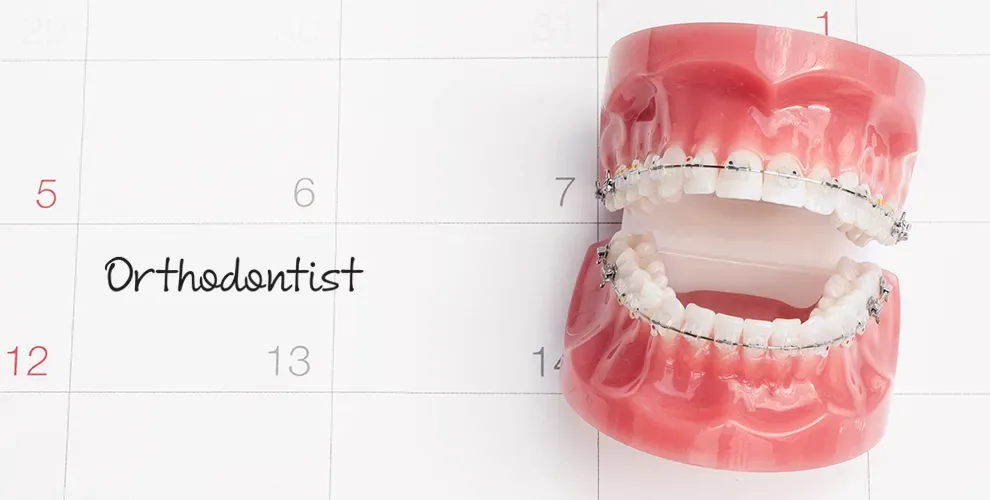Orthodontic Wax: Uses, Costs & Where to Buy It

Table of Contents
- What Is Orthodontic Wax?
- How Do You Use It?
- Where to Buy It
Orthodontic wax can help protect your mouth from braces wires. It can alleviate the minor discomfort braces wires can cause on the soft tissues of your mouth.
Braces are extremely common orthodontic appliances that more than 4 million people in the United States wear. They are made up of brackets and wires that go on your teeth to properly align them. These wires can poke out and cause some rubbing on the inside of your mouth or cheeks.
Wax can be placed directly onto your braces to keep them from rubbing or cutting your cheek, tongue, or inside of the mouth. Orthodontic wax is safe and non-toxic.
It can often be provided directly from your orthodontist or dentist. It is relatively inexpensive and can also be purchased online or at local drugstores.
What Is Orthodontic Wax?
Braces can often rub on the inside of your mouth or make small cuts. Orthodontic wax can provide a barrier between the wires and brackets of these dental appliances and the soft tissues of your mouth.
When you first get your braces, the insides of your cheeks and tongue are not used to the rubbing of the brackets and wires of braces. Orthodontic wax can lessen this discomfort while your mouth gets used to the braces.
Brace wires can also poke out or break off at times. Orthodontic wax can help to cover up the wire or piece of bracket until you can get back into the orthodontist to have the braces fixed and the wire smoothed out. As braces move your teeth, more of the wire can be exposed as well, also necessitating the use of orthodontic wax.
Orthodontic wax is safe and non-toxic, so if you accidentally swallow a little, there is nothing to worry about. Most of the time orthodontic wax is made from natural ingredients, such as beeswax, carnauba wax, or paraffin wax.
The majority of orthodontic wax is not flavored, but there are some varieties with flavoring added to them. The most common flavor is mint.
How to Use Orthodontic Wax
Your orthodontist can help you learn how to apply orthodontic wax to minimize rubbing and scratching from your braces. Here are some general tips for using orthodontic wax:
Wash your hands thoroughly before touching the wax or applying it.
Brush your teeth and clean the food particles out of your braces first.
Orthodontic wax generally comes in a stick form. You will need to pinch off a small piece (about the size of a pea) with your fingers.
The wax will be hard at first. Roll it in your fingers to soften it up some before applying.
Flatten the ball of wax slightly and then gently press it on to the area of your braces that is rubbing or causing discomfort.
You can eat and drink normally with orthodontic wax in place. You can also wear it overnight while sleeping.
Replace the orthodontic wax at least every 24 hours.1 This can help to prevent bacteria from becoming trapped. You will need to remove the wax to brush and floss your teeth like normal. The wax should be removed if it gets dirty.
You can use a small pick or interdental stick to take off the wax if it is not easily removed. If the brace wire is poking out, broken, or the discomfort continues, you should check with your orthodontist about fixing the wires or brackets.
Where to Buy Orthodontic Wax
Your orthodontist will often provide you with orthodontic wax when you get your braces, and you can get more from them when you have your regular appointments.
You can buy orthodontic wax at your local pharmacy in the oral care section for less than $5 a pack. You can also find orthodontic wax online in various bulk sizes.
It is helpful to always have orthodontic wax on hand when you have braces. It can be a simple and effective tool for protecting your mouth.
